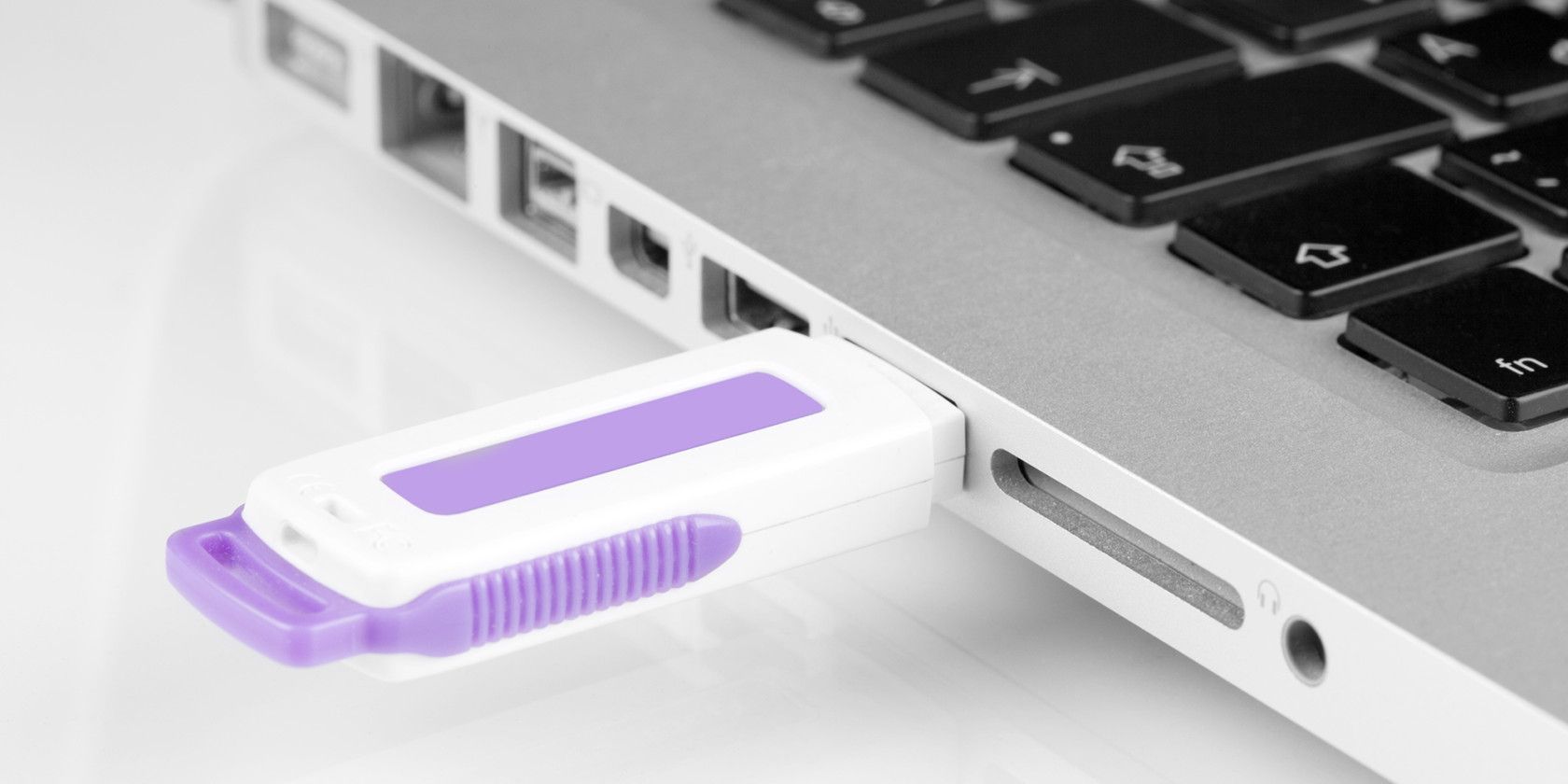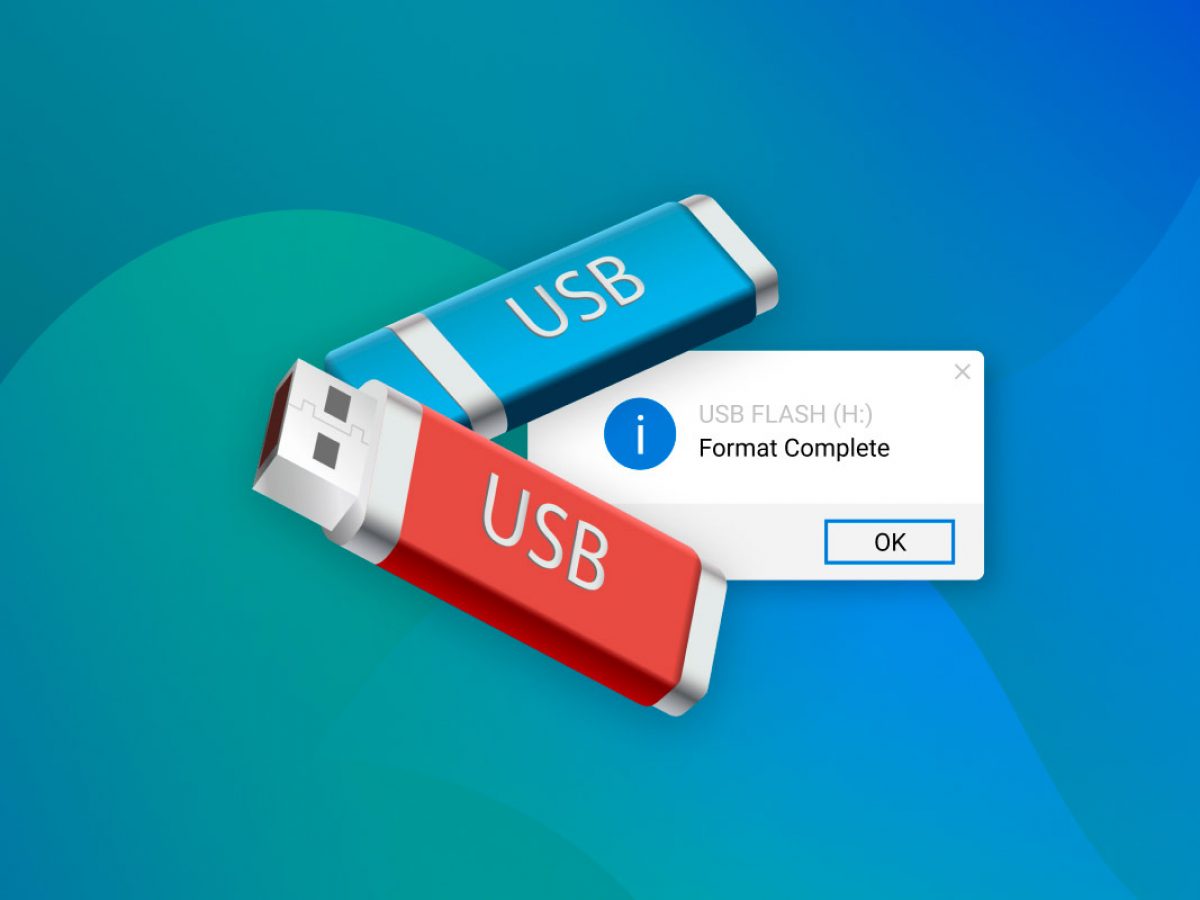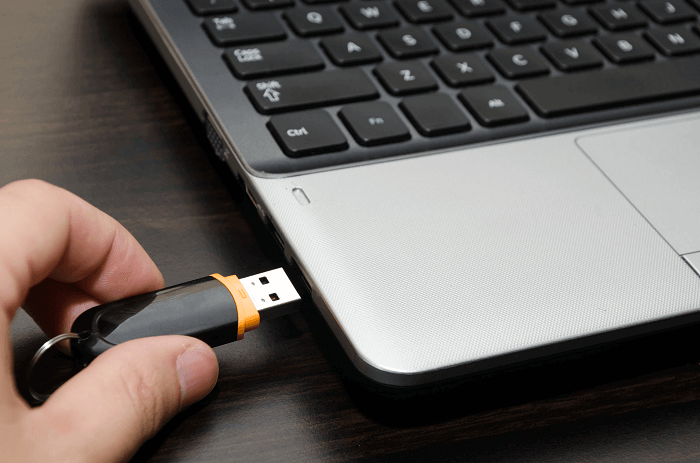
- #Format my thumb drive for both windows and mac how to#
- #Format my thumb drive for both windows and mac archive#
- #Format my thumb drive for both windows and mac plus#
- #Format my thumb drive for both windows and mac free#
- #Format my thumb drive for both windows and mac mac#
If you want to just delete the file immediately you can select it. So any internal drive files that were put into the trash will also be deleted at that point. That will remove all the files in the trash across all of your different drives. What you need to do then is go to the Trash, Control click on it and choose Empty Trash or in the Finder go to Finder and choose Trash.
#Format my thumb drive for both windows and mac free#
Throwing a lot of files into the trash won't free up space. So you're not going to get back any space on the drive. However, note that when you move something to the Trash it's still in the trash. You can drag them to the Trashcan in the Dock or you can select them and use File and then Move to Trash, Command Delete is the shortcut for that. To delete files from the flash drive you can do it just like you do with files on your internal drive. You'll see you even get a warning here because that file happens to be iCloud Drive and it will give me a warning saying this is going to take it off of iCloud Drive if I move it and not copy it to the USB flash drive. But if I hold the Command key down that goes away.
#Format my thumb drive for both windows and mac plus#
But if you wanted to actually have it move the file you can drag it, and as you're dragging you could see the cursor there has a little green plus arrow. It won't remove the file from the first drive to put it onto the second drive. Notice that since it's a separate drive dragging and dropping automatically makes a copy. Also if I leave this window open but open up a new Finder window I can navigate to another location here and drag a file there as well. If I go to look at the contents now I'll see that file is there. So, for instance, I could go to my Documents folder and I could select a file in here and drag that onto the icon there on the desktop or I can drag it onto the listing here in the sidebar. Now I can move files there just like I can to a folder that's on my internal drive.

I could double click here and I could just select this one here in the Finder and it will show me what's on the drive. To see the contents on the drive all you need to do is select anyone of these. You could also choose Go and then Computer to go to the same location and there you'll see the drive. I showed you here there's a link to it right there. You can also see the drives that are attached by going to the main computer level. Here you can see my two external drives plus the USB flash drive. I prefer not to have those shown on the desktop but a lot of people do. Go to Finder, Preferences, and then go to General, and then look for External Disks under Show these items on the desktop.

Now if you don't see the drive appear on the Desktop it could be that you have that option turned off. Finally there's the USB drive that I've just plugged in. The second one is my internal hard drive. If you see nothing under Locations like that move your cursor over the word Locations and to the right you should see a Show button and then it will show everything there. In any Finder window it should appear on the left under Locations. So once you plug the drive in you should see it appear in a number of places. But these things are pretty cheap so a lot of times it may just be worthwhile to just buy a new one that fits your current Mac.

For instance if you have an older USBA drive then you can simply use a USB Hub to connect it or get a converter. If you're mismatched you're going to need an adapter.
#Format my thumb drive for both windows and mac mac#
So you want to make sure you get the right connection for the Mac that you have or get a flash drive like this one that has both connections. Now this device actually slides so it will have USBC coming out the other end. Newer Macs use a use a smaller USBC connector. Older Macs use USBA which is this rectangular connection you see here. First you want to make sure you have a USB drive that will work with your Mac.
#Format my thumb drive for both windows and mac archive#
So you can use a USB flash drive like this one as external storage for your Mac to store files, archive things, or transfer between Macs or between Macs and Windows computers. Join us and get exclusive content and course discounts. There you can read more about the Patreon Campaign. MacMost is supported by more than 500 viewers just like you.
#Format my thumb drive for both windows and mac how to#
Today let me show you how to use a USB Flash Drive with your Mac. Check out How To Format And Use a USB Flash Drive On Your Mac at YouTube for closed captioning and more options.


 0 kommentar(er)
0 kommentar(er)
